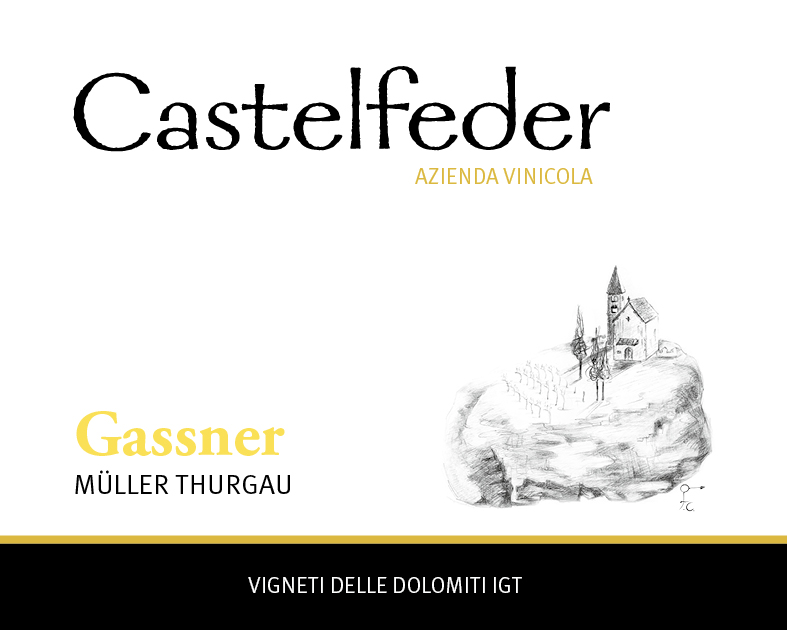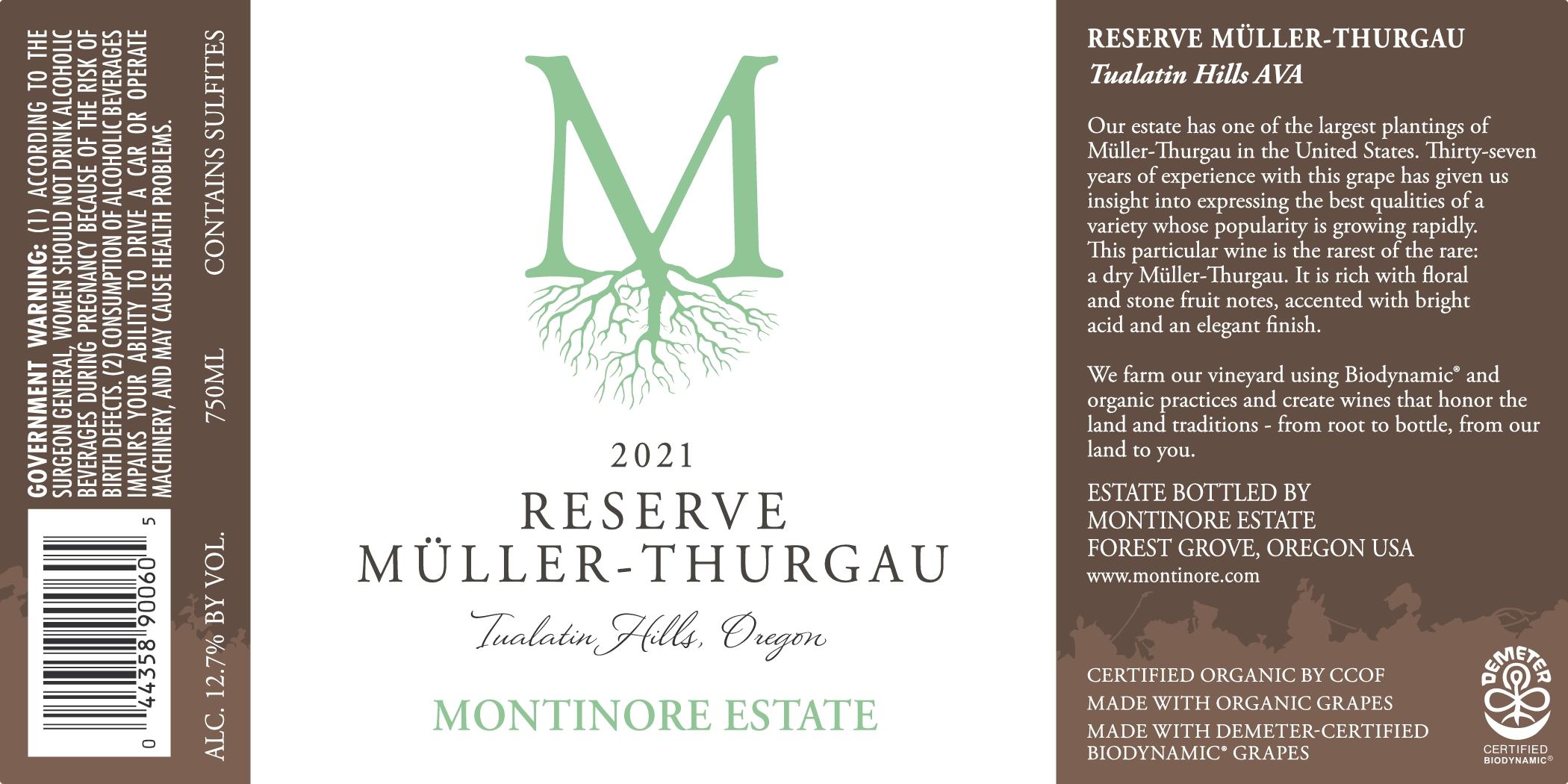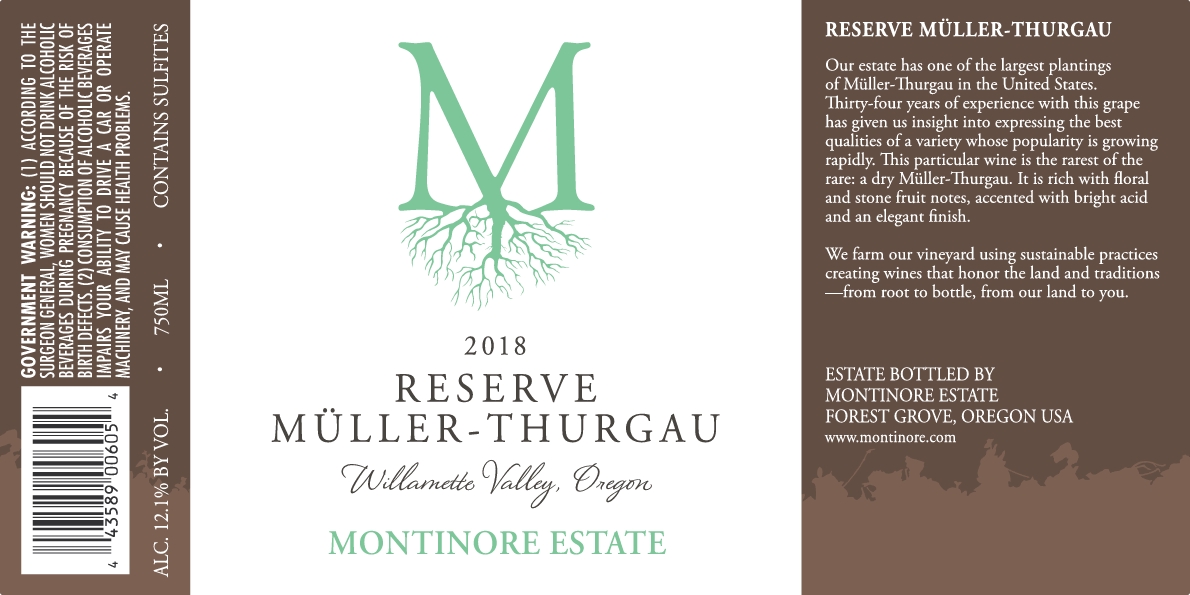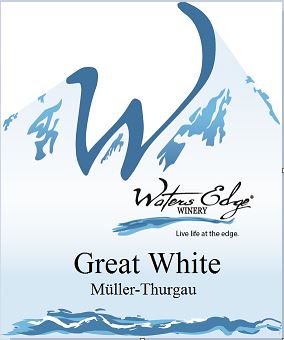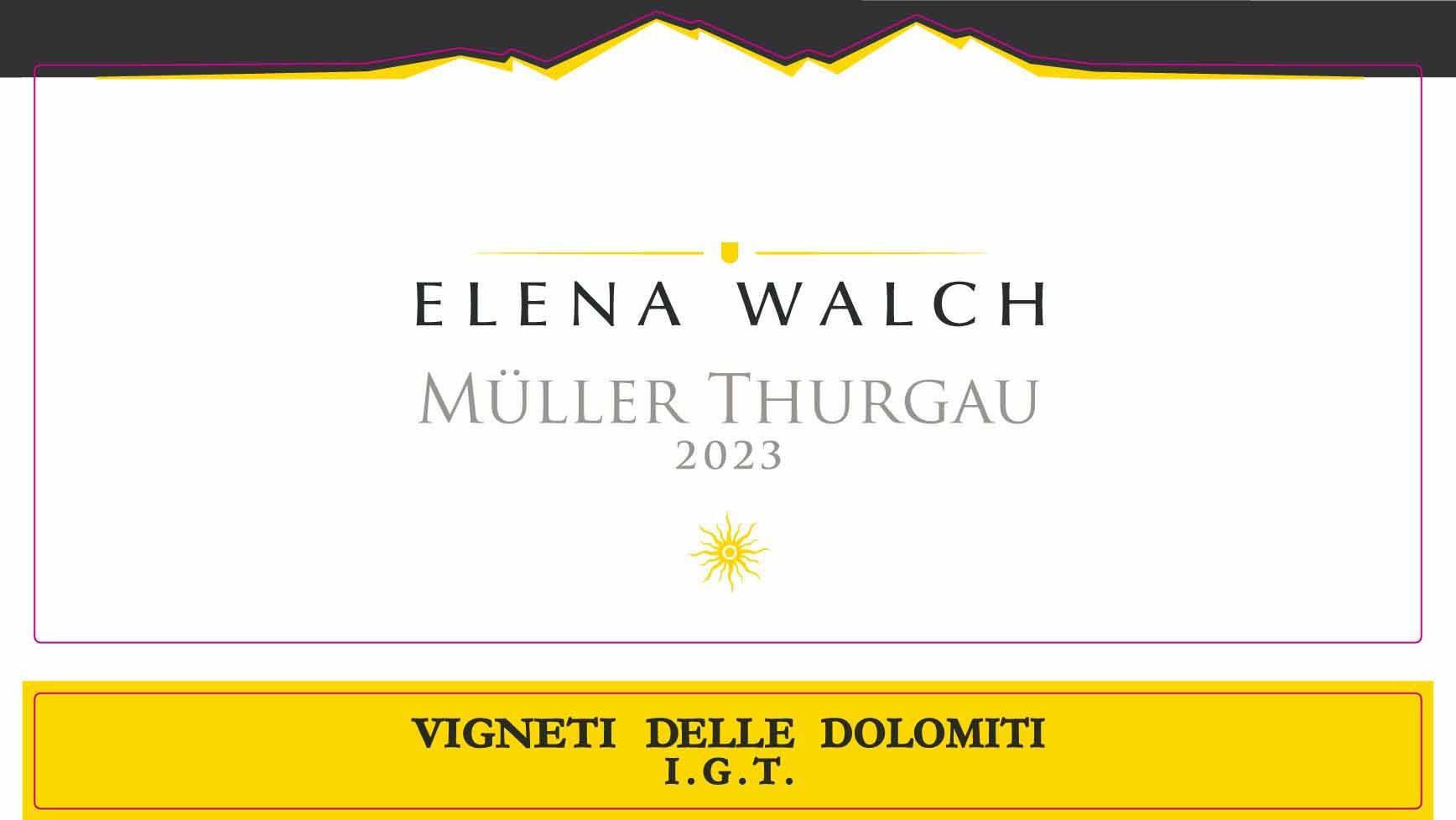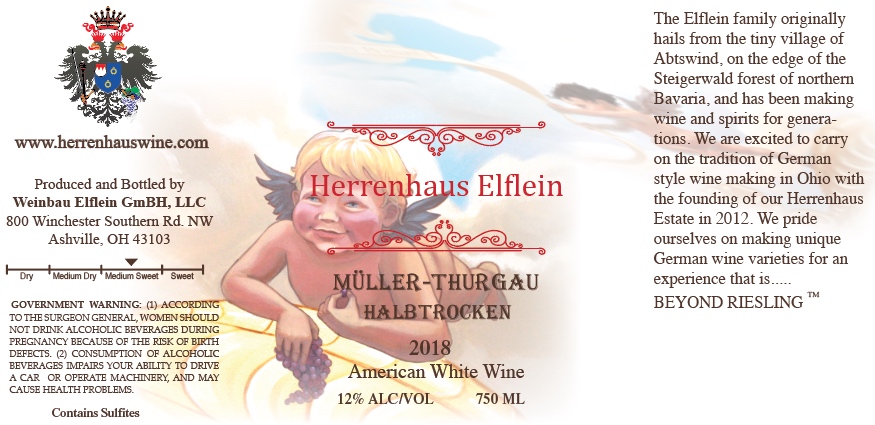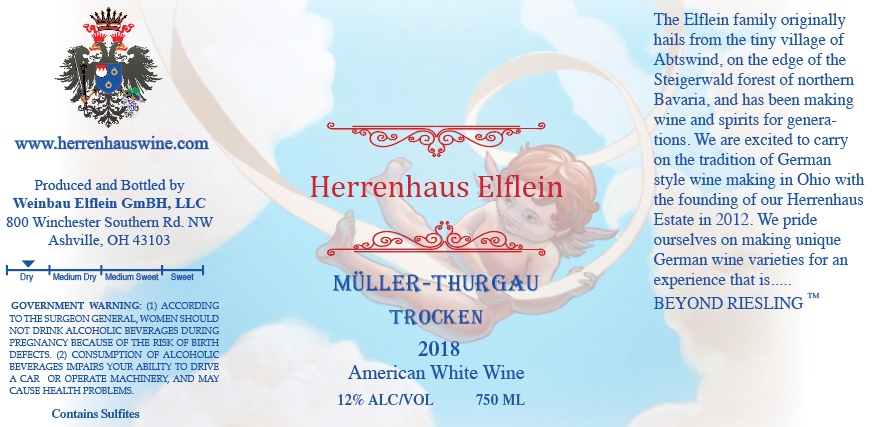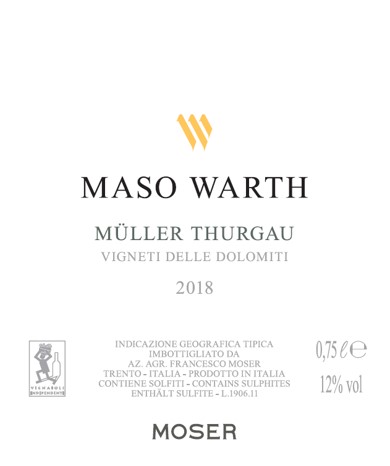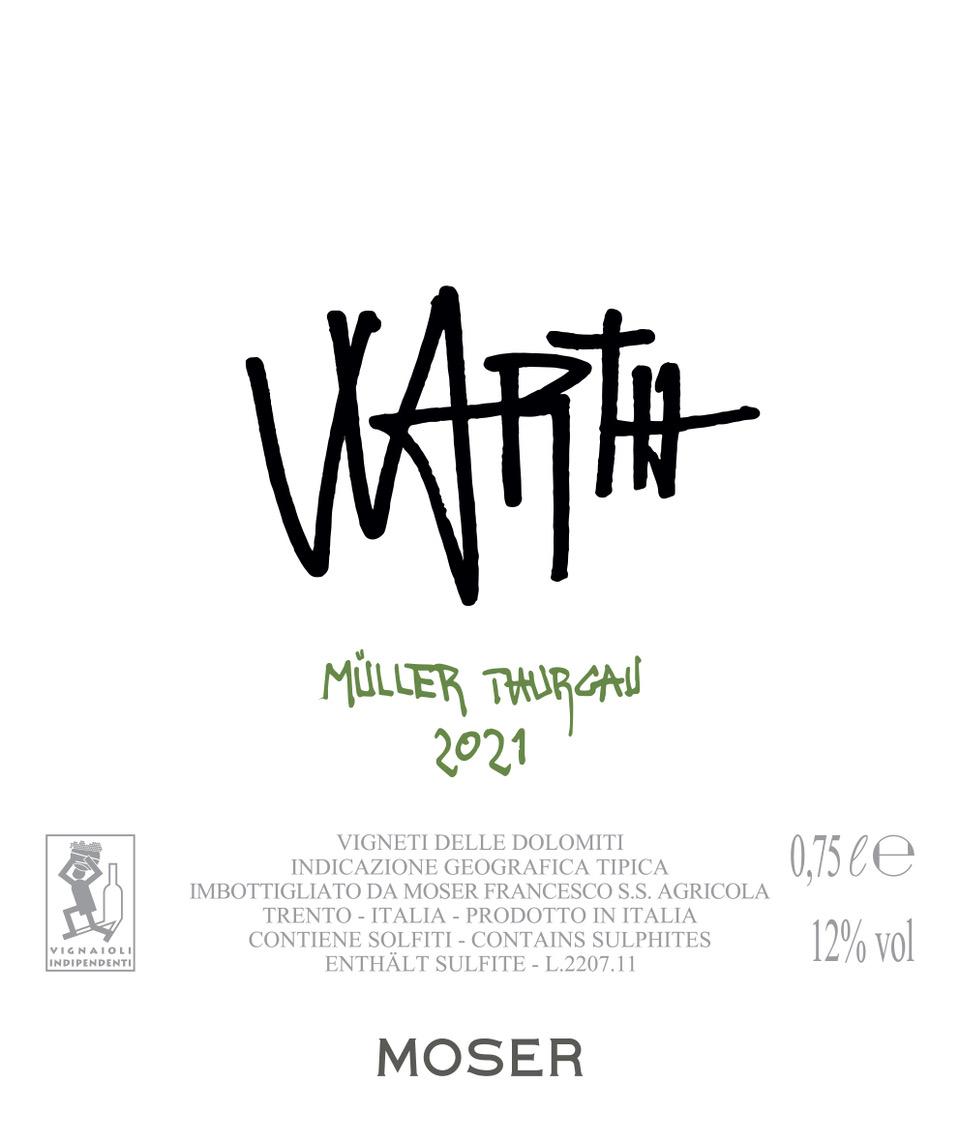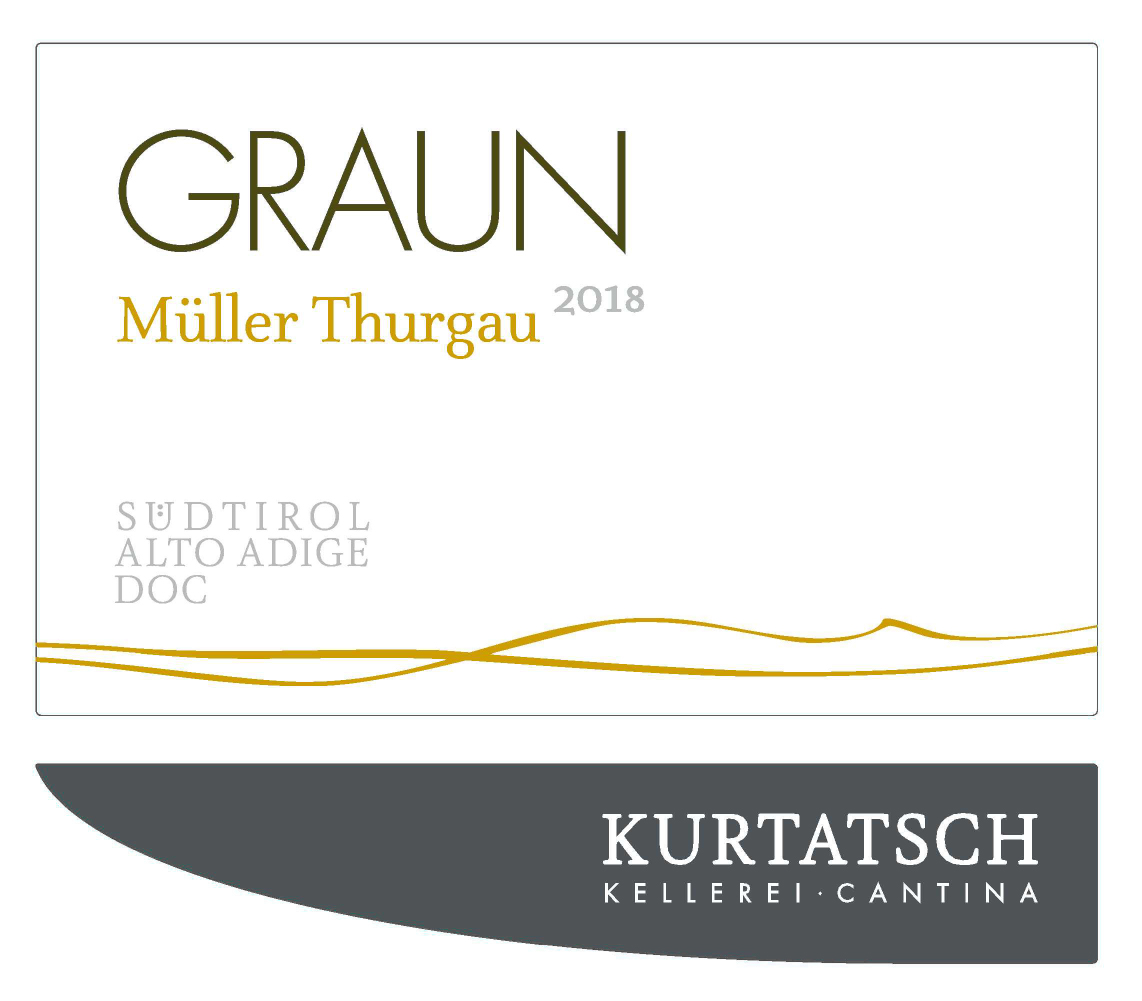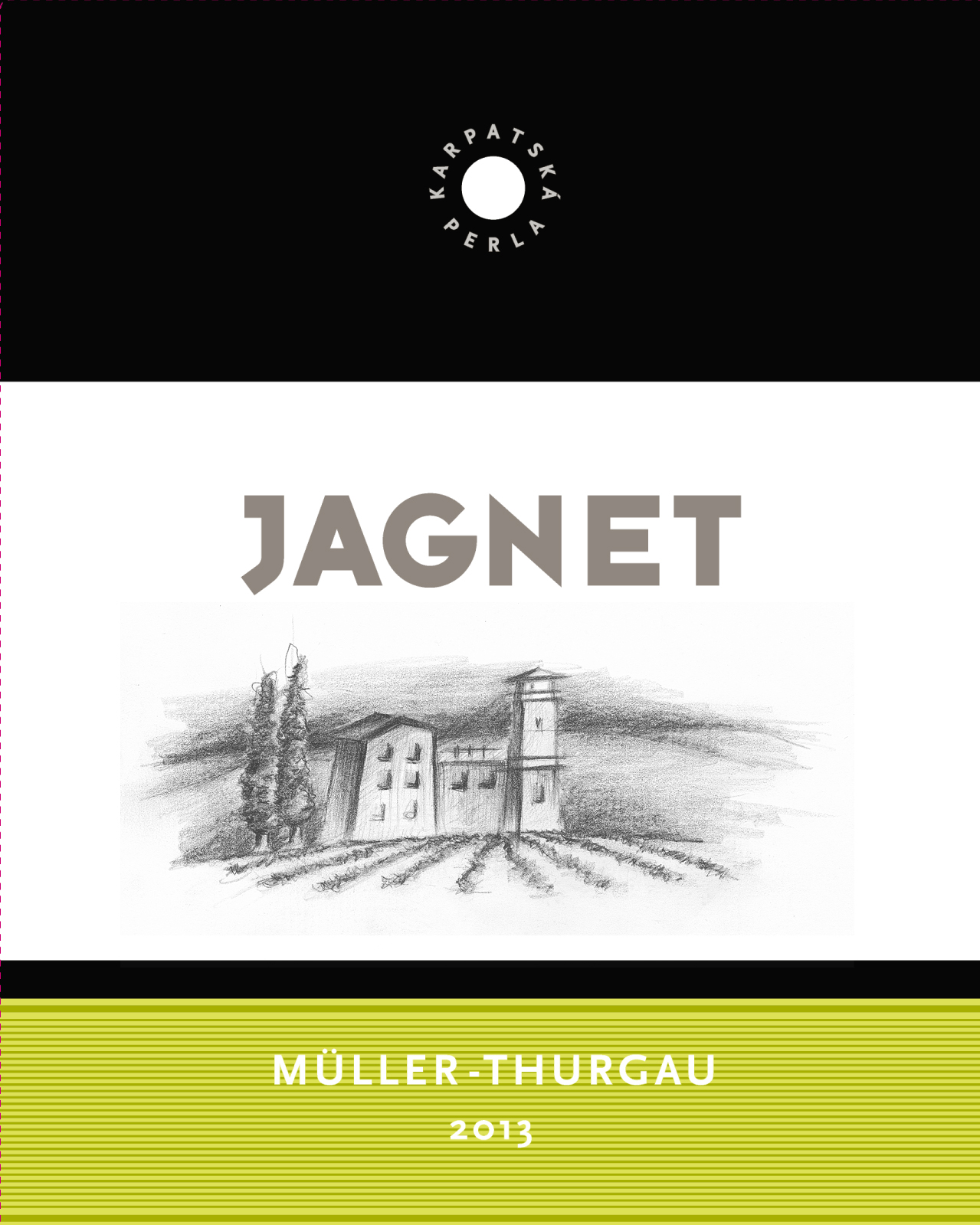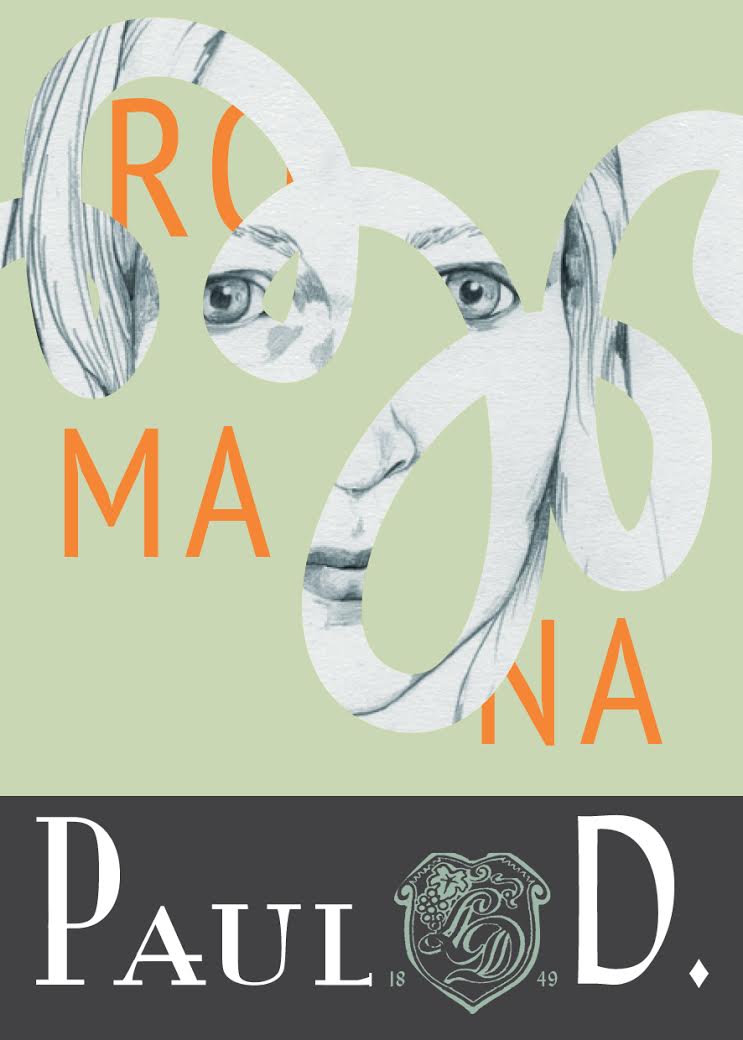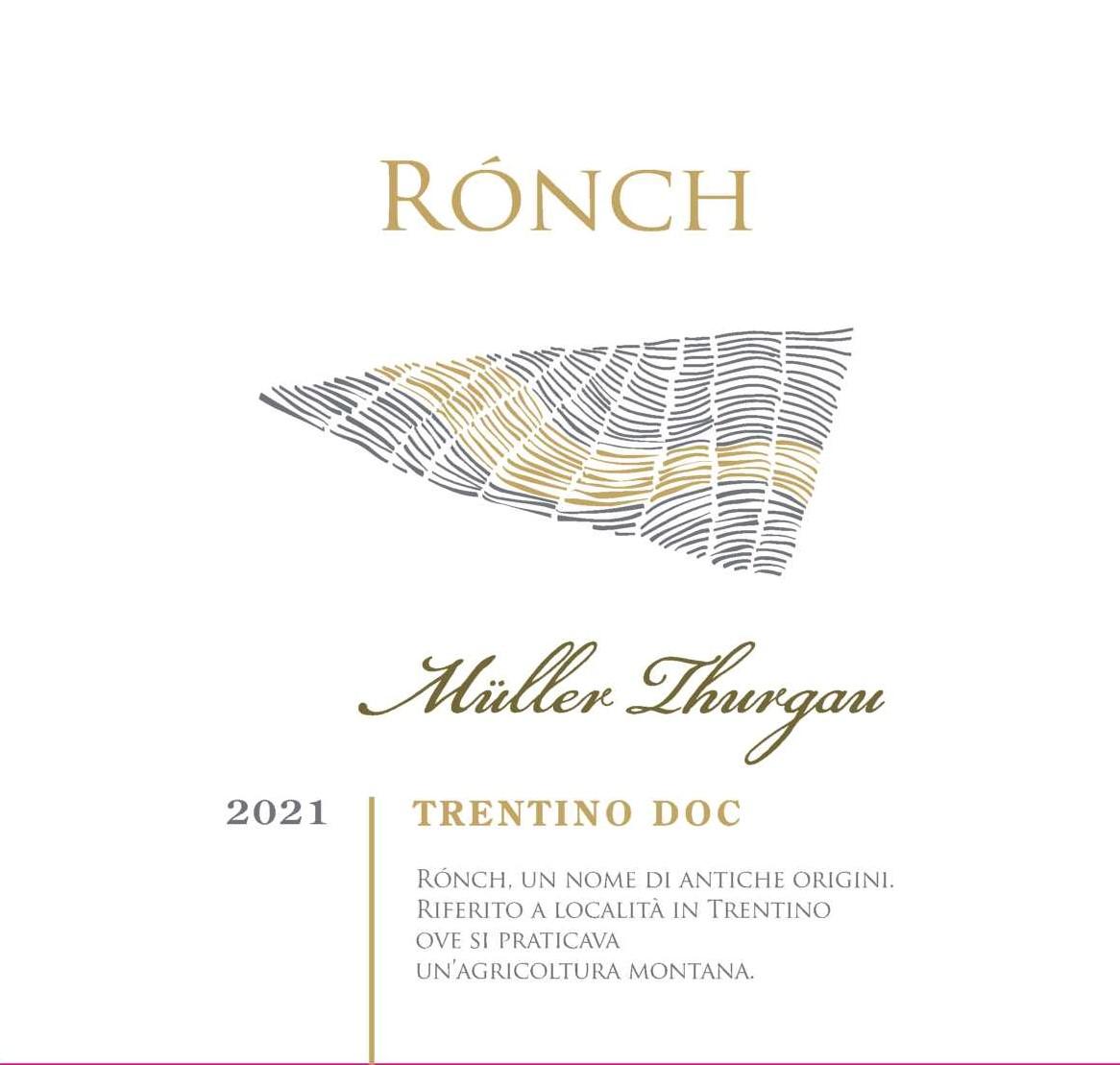Characteristics of Müller-Thurgau
Müller-Thurgau—also known as Rivaner—offers soft, easy-drinking wines with gentle floral aromas like rose petals and elderflower, plus juicy notes of peach, citrus, and a touch of spicy nutmeg.
Its naturally low to moderate acidity makes these wines smooth and mellow, but it also means they are best enjoyed young, as they can age quickly if not well-structured. Careful vineyard management is essential since high yields can dilute flavor and even bring a hint of bitterness, while the best examples from low-yield, limestone gravel or porphyry soils (such as in Alto Adige) show extra depth and a refreshing finish.
Growers must also contend with the grape’s susceptibility to frost and fungal diseases, making quality-focused cultivation key to capturing Müller-Thurgau’s pure, fragrant character.
What Does Müller-Thurgau Taste Like?
Müller-Thurgau’s profile is distinctly influenced by its growing environment. In Alto Adige, the grape expresses not only peach, citrus, and floral notes, but also nuances of apricot, green apple, subtle spiciness, and a flinty minerality.
Cooler climates and carefully selected sites help preserve the wine’s medium-low to medium acidity and freshness, while warmer locations or high yields can result in lower acidity, diminished aromatics, and even a slight bitterness.
The finest examples, typically vinified dry, come from quality-driven, cooler regions, though historically Müller-Thurgau has also been associated with off-dry styles such as Liebfraumilch.
Notable Region Müller-Thurgau Grows In
The character of Müller-Thurgau varies greatly depending on where it is grown, with a handful of regions shaping its style, quality, and reputation in distinct ways.
-
Germany (Rheinhessen, Franken, Baden): As the grape’s birthplace and most significant producer, Germany offers everything from simple, fruity wines to more structured, dry examples—especially from the Franken region, where quality-focused producers have elevated its status.
-
Italy (Alto Adige, Valle Isarco): The steep, cool vineyards of Alto Adige, particularly Valle Isarco, yield some of the world’s most refined Müller-Thurgau, marked by vibrant acidity, mineral notes, and impressive aging potential.
-
Austria (Niederösterreich, Steiermark): In Austria, Müller-Thurgau is valued for its freshness and approachability, commonly crafted into lively, early-drinking wines as well as blends and the seasonal “Sturm.”
-
Switzerland (Thurgau, Graubünden): With deep historical roots, Swiss examples—often labeled Riesling x Sylvaner—tend to be crisp, aromatic, and occasionally experimental, reflecting the country’s innovative spirit.
Food Pairings
Müller-Thurgau’s gentle acidity and aromatic freshness make it a versatile partner for a wide range of lighter dishes and appetizers.
-
Seafood and Fish: The wine’s crisp profile beautifully complements delicate seafood preparations, from grilled sea bass and sea bream to prawns, octopus salad, and seafood risotto, highlighting the natural sweetness and subtle flavors of the ocean.
-
Vegetables and Fresh Cheeses: Müller-Thurgau pairs effortlessly with vegetable-based starters, root vegetables, and even more challenging greens like asparagus and artichoke; fresh cheeses, such as Montasio cheese tart (frico friulano), further enhance its lively character.
-
White Meats and Italian Classics: Its balanced nature allows it to stand up to white meats seasoned with herbs, roasted pork or poultry, and classic Italian dishes like vitello tonnato or crespelle with ricotta and spinach, as well as fried foods and mildly spicy recipes.



